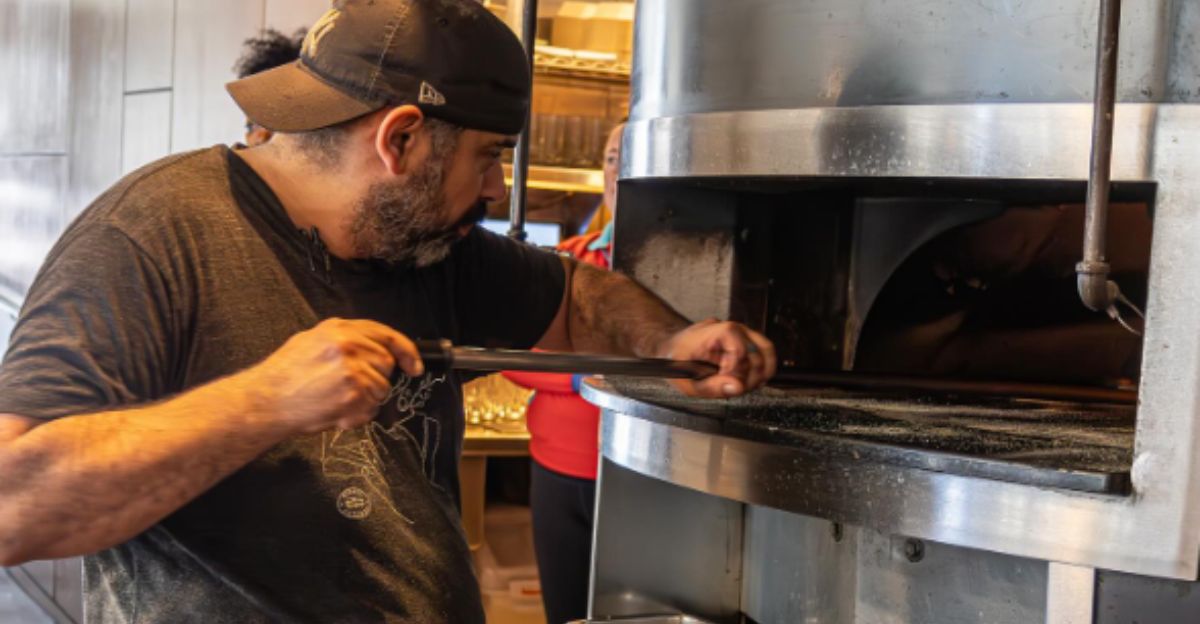
A 20% “living wage fee” on patron bills has been implemented by 50 restaurants nationwide, including Pizzeria Toro, Jack Tar Restaurant, and Littler Durham in North Carolina. This fee is transparent and goes directly toward raising wages for all employees. This program is a conscious attempt to address the ongoing insufficiency of the federal minimum wage, which in many states is still $7.25 per hour for tipped workers.
These eateries hope to create a more equitable industry and inform patrons about the real cost of fair labor by making this fee public. The fee challenges the customary reliance on tips and sub-minimum wages by explicitly tying what diners pay to what employees earn, as opposed to subtly raising menu prices.
Tipping and Wages Below the Minimum

Although tipping has been a part of the American restaurant industry for more than a century, it was formalized in 1966 when the “tip credit” permitted employers to pay as little as $2.13 per hour in forty-three states, with the expectation that tips would cover the difference. Millions of workers now face economic insecurity and wage instability as a result of this system, particularly during slow seasons or downturns.
But eateries like Pizzeria Toro and its sister locations are pushing forward because they think equity and transparency can get past these long-standing obstacles. These eateries are spearheading a new movement that emphasizes steady, predictable income for all employees, regardless of customer generosity or market volatility, by candidly acknowledging the flaws in the tipping system.
Pressures from the Economy: Why Now?

The economics of restaurants are in a perfect storm due to rising labor costs, inflation, and the declining value of tips. Although the median hourly wage for full-service restaurant employees, including tips, increased by 28% from 2020 to 2024 to $23.88, this amount conceals notable regional and role-based differences.
Restaurants are able to maintain competitive menu prices while openly covering higher labor costs thanks to the living wage fee. This strategy offers a straightforward and sincere response to the financial difficulties facing the sector, avoiding the traps of “sticky prices” and frequent price adjustments. In addition to stabilizing their bottom line, restaurants such as Pizzeria Toro have discovered that this model draws in workers who are looking for stable employment and fair pay.
Openness and Customer Confidence

The living wage fee is not an unstated additional cost; rather, it is itemized and communicated to clients in a way that fosters credibility and trust. Because they can see exactly where their money is going, patrons of eateries like Jack Tar and Littler Durham feel more involved in ethical labor practices.
These eateries encourage customers to take responsibility for ensuring that all employees receive a livable wage by including the fee in the bill. This transparency can improve customer satisfaction and brand loyalty at a time when consumers are calling for more corporate responsibility. Some businesses even position themselves as leaders in moral hiring practices and community service by using the fee as a marketing differentiator.
Impact on the Mind: Redefining Value

The living wage fee reframes the value proposition for diners from a psychological perspective. Customers are urged to see their restaurant spending as an investment in a more equitable workplace rather than as a straightforward food transaction. Younger consumers’ increasing desire for social impact and ethical business practices is catered to by this model.
This strategy can change societal norms regarding dining and pay, promoting a larger discussion about what ethical consumption and fair compensation look like. This reinterpretation may eventually result in long-lasting shifts in Americans’ perceptions of service work and those who carry it out.
Market Differentiation and Competitive Advantage

In crowded markets, enforcing a living wage fee can offer a clear competitive advantage. In a competitive labor market, restaurants that take the lead on labor issues are better able to draw and keep talent, lower turnover, and enhance service quality.
Restaurants can increase employee motivation, streamline operations, and lower wage disputes by standardizing compensation. As more states and cities think about raising the minimum wage, this strategy might eventually help stabilize the sector and shield it from regulatory shocks. Positive effects are already being seen at places like Pizzeria Toro and its affiliates, where customer loyalty and employee morale have increased.
Consequences for the Whole Industry

The living wage fee can potentially alter the restaurant industry if it is widely embraced significantly. It might inspire legislative action on wage standards, encourage other sectors to adopt transparent surcharges for fair labor, and lead to a reexamination of tipping practices. As more eateries compete on moral grounds, those that fall behind could risk damaging their reputations and have trouble drawing in both employees and patrons.
The acceptance of such fees may eventually cause a cultural shift away from considering fair wages as an optional extra and toward seeing them as an essential part of doing business. Increased industry stability, better employee retention, and an all-around more resilient hospitality sector could result from this.
Social Ripple Effects

Fees for living wages could have a significant and wide-ranging effect on society. These fees help lower poverty, enhance health outcomes, and boost local economies by increasing consumer spending and raising the floor for low-wage workers. They might put pressure on other low-wage sectors like retail and hospitality to do the same, raising standards throughout the service industry as a whole.
Over time, this might help reduce income disparity and build a stronger middle class, which would benefit both social cohesiveness and financial stability. Thus, the living wage fee has the power to advance society as a whole in addition to revolutionizing the restaurant business.
Cases That Are Extreme

Extreme case studies contradict the claims made by critics that surcharges such as the living wage fee are gimmicks or unfairly burden consumers. Restaurants that have completely done away with tipping and substituted high service fees have shown that transparent, group financing of fair wages can be successful, particularly in markets with forward-thinking customers.
Consumers frequently prefer transparency, even when it comes at a higher cost, as evidenced by the backlash against hidden fees in other industries like hotels and airlines. Therefore, the living wage fee might be a more sensible development in the way Americans pay for services rather than a drastic change.
The Way Ahead

The 20% living wage fee is a strategic, moral, and cultural intervention that addresses the shortcomings of the tipped wage system and exposes hidden labor costs. It is more than just a financial change. This model provides a guide for sustainable, open, and socially conscious business in the twenty-first century by enabling consumers and employees to engage in a more equitable economy.
The living wage fee may become the new norm as a result of increasing economic, social, and regulatory pressures. This would change not only how we value work in general but also how we eat. Leading eateries such as Jack Tar, Littler Durham, and Pizzeria Toro are proving that ethical innovation is not only feasible but essential for the sector’s future.
